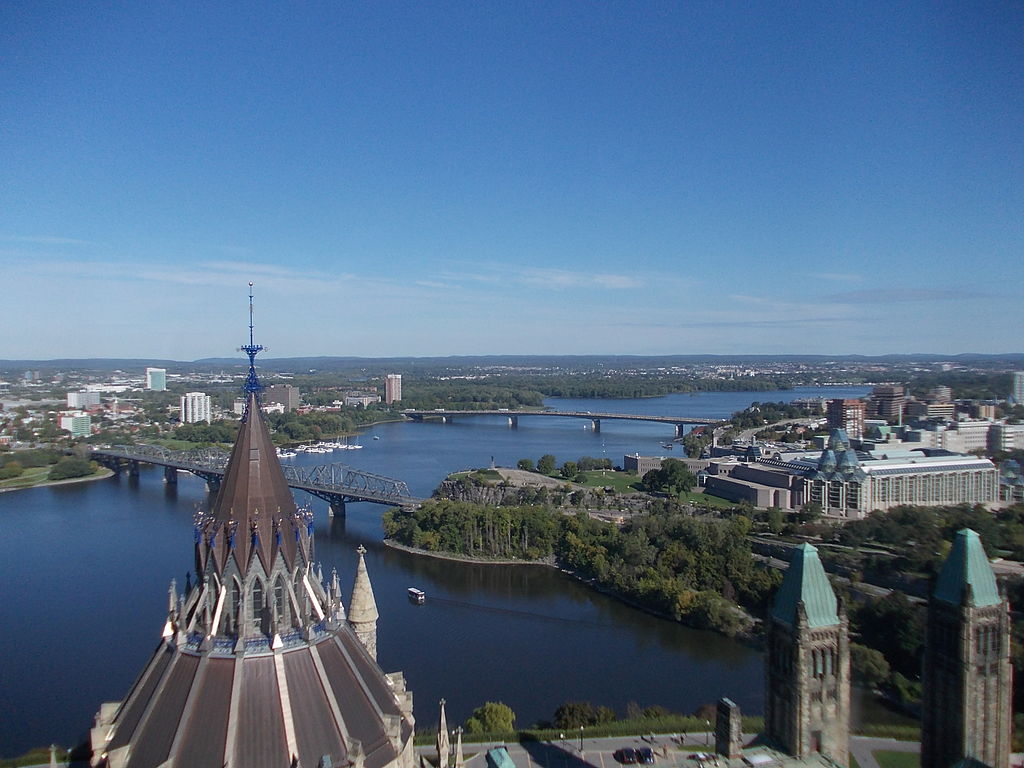In early December, Parliamentary Budget Officer Jean-Denis Fréchette released a report that documented the government’s shortfall in spending to deliver on the 2015 campaign promise to end all long-term boil-water advisories in First Nations communities within five years.
By examining the current state of infrastructure on First Nations reserves, historical and planned spending, Fréchette estimated that it will cost approximately $3.2 billion in capital investment to bring First Nations water systems up to the standards. That includes $1.8 billion to upgrade drinking water systems and another $1.4 billion to upgrade wastewater treatment, along with $361 million in maintenance costs.
The PBO concluded, “Depending on the scenario, PBO analysis indicates that total historical spending since 2011-2012 and the planned spending announced in budget 2016 plus other potential funding only cover between 50 per cent and 70 per cent of the total investment needs. The recommended capital and O&M costs are considerably more than the actual and planned funding for First Nations water and wastewater infrastructure.”
Charles Angus, MP for Timmins-James Bay and Indigenous and Northern Affairs Youth critic for the NDP, requested the study. Outside the House of Commons, during a press conference following the release of the report, Angus said, “It’s unacceptable, in a country as rich as Canada, that people are being denied access to safe water, even water to be able to bathe their children.”
Angus has worked extensively on community development projects with Canadian First Nations, working as a negotiator and consultant for the Algonquin Nation of Quebec. He also played a prominent role in calling national attention to the Kashechewan crisis of 2005.
“I can’t stress enough what happens in communities where the government builds a plant, cuts the ribbon, walks away, and then as things start to have problems, they blame the community and say, it’s up to you to fix it. There’s not a municipality in this country that doesn’t have a proper operational maintenance budget,” Angus said.
Within the analysis, the PBO “constructed a range of estimates of the cost of improving drinking water and wastewater systems on First Nations reserves to the point where residents can enjoy drinking water and wastewater services comparable to non-First Nations communities of comparable size, and which would eliminate long-term boil water advisories by 2020.” The PBO acknowledged that funding sources necessary for basic sanitation could potentially be drawn from other sources, including transfer payments from provincial and territorial governments and revenues of Aboriginal governments.

By the numbers: Water and wastewater systems on First Nations Reserves 2010-11
- There are 484,000 Indigenous people living in 112,800 houses across 571 First Nations.
- 807 drinking water systems serve 560 First Nations; the remaining 11 First Nations were serviced solely by individual water supplies.
- 532 wastewater systems serve 418 First Nations; the remaining 153 First Nations were serviced solely by individual septic systems.
- 314 (39 per cent) of the drinking water systems were categorized as high risk and 278 (34 per cent) were categorized as medium risk.
- 72 (14 per cent) of 532 inspected sewer systems were categorized as high overall risk, 272 (51 per cent) as medium overall risk, and 188 (35 per cent) as low overall risk.
- At the national level, 81,026 (72 per cent) on-reserve homes are served by piped systems, 15,451 (13.5 per cent) homes are serviced with water truck deliveries, and 14,479 are serviced by individual wells or systems serving less than five homes. The remaining homes (1.5 per cent) had no water service.
- About 46 per cent of the on-reserve water systems use a groundwater source, six per cent rely on groundwater under the direct influence of surface water (GUDI) source, and 29 per cent used surface water. The remaining systems (19 per cent) relied on a Municipal Type Agreement, meaning partnerships with neighbouring non-First Nations communities for the provision of drinking water services on their reserves.
The report entitled Budget Sufficiency for First Nations Water and Wastewater Infrastructure, is available on the PBO website at http://bit.ly/PBO_H2O









